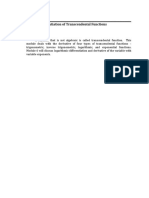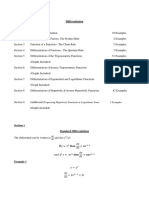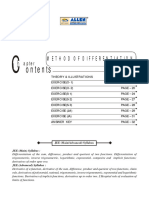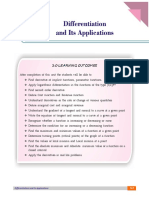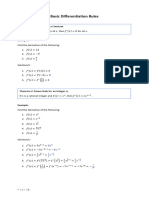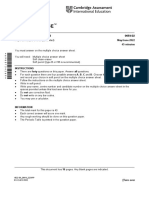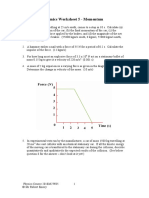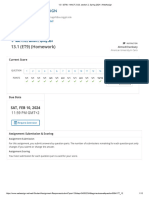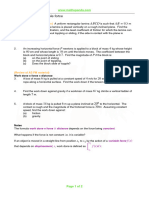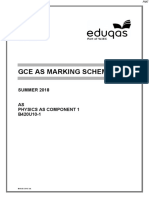0% found this document useful (0 votes)
56 views35 pagesUnit 2 Differential Calculus
The document provides course material for Engineering Mathematics II, focusing on differentiation and its applications. It includes definitions of differentiation, rules for derivatives (such as product and quotient rules), important derivative formulas, and various differentiation problems. Additionally, it covers implicit functions and their differentiation, offering solutions to several example problems.
Uploaded by
dhanashree.ananthCopyright
© © All Rights Reserved
We take content rights seriously. If you suspect this is your content, claim it here.
Available Formats
Download as PDF, TXT or read online on Scribd
0% found this document useful (0 votes)
56 views35 pagesUnit 2 Differential Calculus
The document provides course material for Engineering Mathematics II, focusing on differentiation and its applications. It includes definitions of differentiation, rules for derivatives (such as product and quotient rules), important derivative formulas, and various differentiation problems. Additionally, it covers implicit functions and their differentiation, offering solutions to several example problems.
Uploaded by
dhanashree.ananthCopyright
© © All Rights Reserved
We take content rights seriously. If you suspect this is your content, claim it here.
Available Formats
Download as PDF, TXT or read online on Scribd
/ 35












